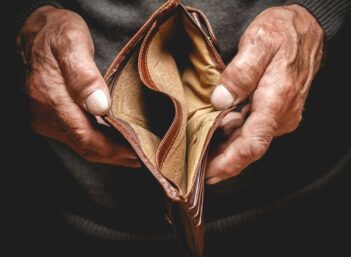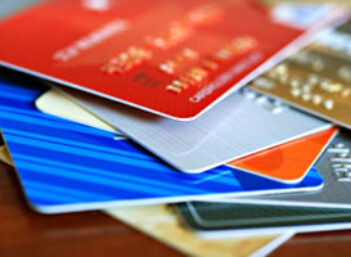What is a Bounced Check?
When a check is refused by a bank and returned to the person who wrote it due to insufficient funds, it is called a bounced check.
How Does a Bounced Check Work?
Checks should be written for an amount that is less than or equal to the checking account balance at the time the check is deposited or cashed by the recipient. In the event that the checking account balance is lower than the amount of the check at the time it is deposited or cashed, the bank may not honor the check and, in most cases, will return it to the recipient with a penalty fee attached.
To illustrate, suppose Bob's checking account has a current balance of $200. Bob writes a check to Steve for $100 and Bob withdraws $125 from his account the same day. When Steve takes the check to his bank to deposit it the next day, the check bounces because Bob's checking account balance is only $75 ($200 - $125).
Occasionally, a check can bounce due to a minor, unintentional mishap. However, there are other more serious situations which can include criminal activity.
Why Does a Bounced Check Matter?
Checks are meant to be cash equivalents, which can be deposited or cashed on demand. Banks charge penalties for bounced checks partly to ensure confidence in the legitimacy of their checks. For certain customers, banks may offer overdraft protection or other arrangements to prevent checks from bouncing.



